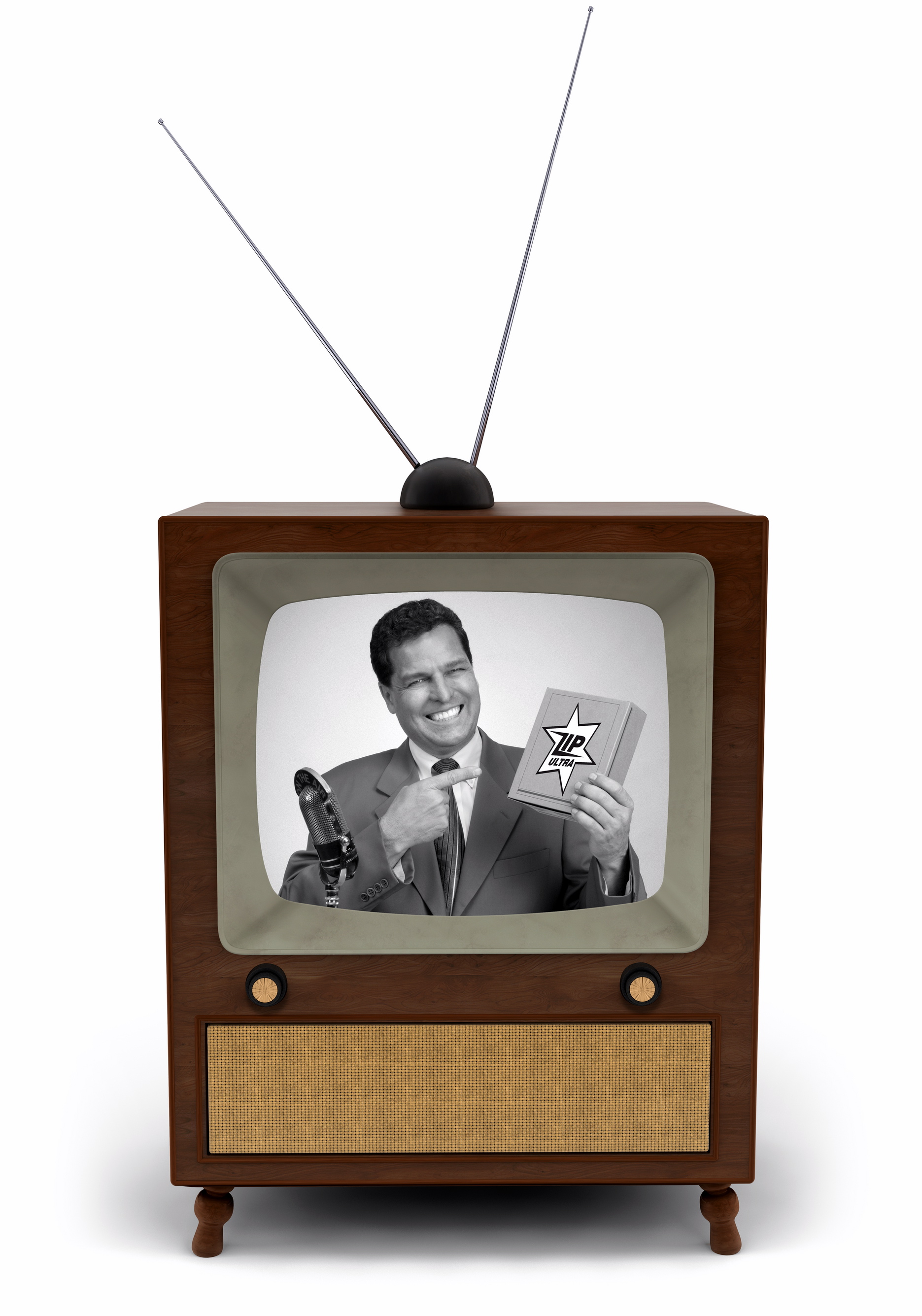 It used to be easy to explain what television was. The TV was the thing that sat in your living room, den or family room. It was standard definition, 4:3 aspect ratio, and had a 27-inch (or so) diagonal screen. When you turned it on and tuned in a channel, (you could choose from ABC, CBS, NBC, PBS, and maybe an independent station or two), you could watch a TV program that was either a game show, sitcom, drama, news or variety show.
It used to be easy to explain what television was. The TV was the thing that sat in your living room, den or family room. It was standard definition, 4:3 aspect ratio, and had a 27-inch (or so) diagonal screen. When you turned it on and tuned in a channel, (you could choose from ABC, CBS, NBC, PBS, and maybe an independent station or two), you could watch a TV program that was either a game show, sitcom, drama, news or variety show.
That was then. Modern TV has morphed into something that defies easy description. TV “programs” can be watched on any one of many devices with screens from a few inches wide to, well…humongous. You can access TV programming using an antenna (surprised?, you’re not alone), cable or satellite subscription service, internet streaming from various service providers such as Netflix and Hulu, or for free on various internet websites.
TV programming used to always be 30 or 60 minutes in length. Of that, about 22 minutes or 46 minutes was actual program…the rest was commercial spots for products and services and promos for other TV shows.
The technology involved in getting a standard definition television signal to your home used to rely on a TV station transmitting a signal from an antenna to your receiving antenna, which was mounted either on your roof or on top of the TV set (aka, rabbit ears). That is actually still an option and more and more TV viewers are rediscovering free, Over-The-Air (OTA) TV and the benefits of an HD signal without a monthly bill. Switch from a pay service such as cable or satellite TV to free OTA is often referred to as cutting the cord. I’ve already posted to this blog about “cord cutters” (here and here) so I won’t revisit that in this post.
Instead, I want to discuss streaming video, and more precisely, the sharing of subscription passwords. If you watched the Emmy awards last week you may have heard the host, Andy Samberg of SNL fame, give out his HBO username and password to a viewing audience of just under 12 million people. What was intended as a joke by Samberg is actually a real problem for the streaming TV business. According to a recently published report, streaming media sites like Netflix and Hulu stand to lose $500 million this year because of unauthorized sharing. A survey of 1,000 US adults conducted in early September of this year found that 36% say that they share premium TV app credentials with others. An HBO Now account ($14.99 per month) permits three simultaneous users, and additional attempts to connect will result in an error message….something that lots of Emmy viewers experienced when they tried to login with Samberg’s account info.

After reading the September 2015 article on “This is not your Fathers TV”, I was struck by a couple of different things pertaining to the course we are taking. In short, every media format now is programmed and edited to the extreme. I am not even sure how much of anything is actually live anymore. As Gena Mangino showed in her class visit, as well as the Moyers video we watched on radio, there is no need for a live DJ anymore as everything can be pre-recorded and syndicated. A very sad sign of giant media conglomerates, and it most likely will get worse as costs and profits drive things. Even my cable provider shows the same stuff for about a month at a time, as it is so passive they can set things up months ahead and have the computers do the rest. Not much is my father’s world, but there is no going back.
As a slightly older student, I do in fact remember that TV was a thing, not an activity. I remember when most radio was live and really interesting. N0ow I just listen to NPR and CPR for news and some new artists, but that’s about it. I even was a DJ at my undergraduate college.In the not so distant past there was enough there to entertain but not enough to turn you into a zombie on the couch, and often live shows had hilarious things on them. It did not give the illusion of perfection that edited stuff does today. Films were for that. Radio and TV were much more like life; rough around the edges and human. I get the need to avoid lawsuits and what not. Maybe the answer is in people being a bit more tolerant and less thin sinned. We are very saccharin like now. We don’t really talk about anything. Today, not so much humanity in media. Its slick, and lots of content, but it really is becoming that wasteland talked about by the former chair of the FCC.